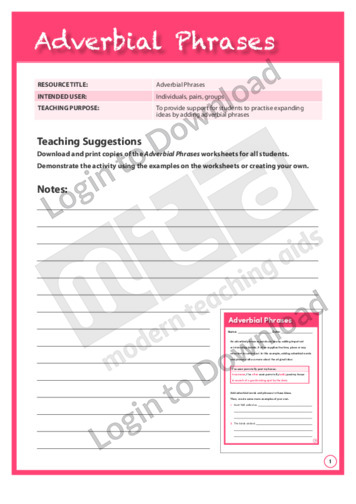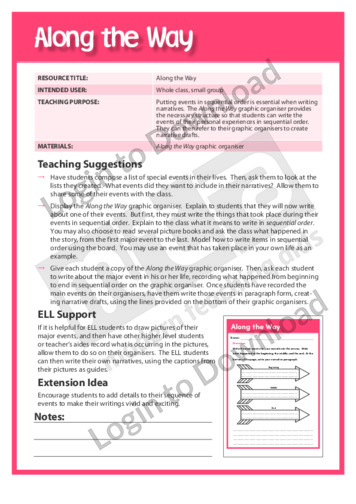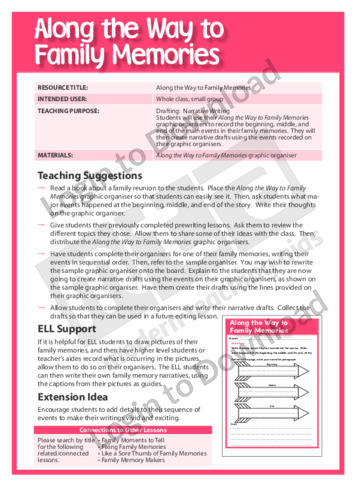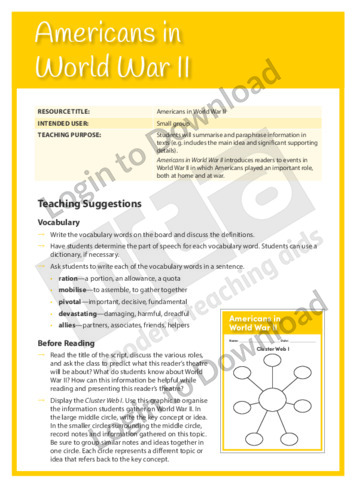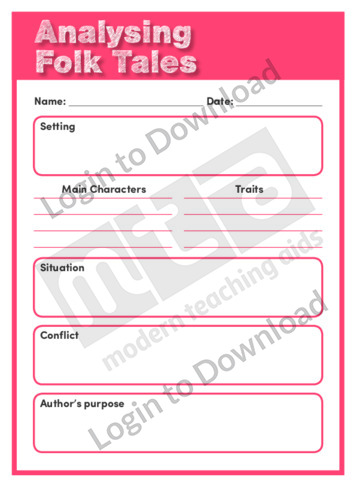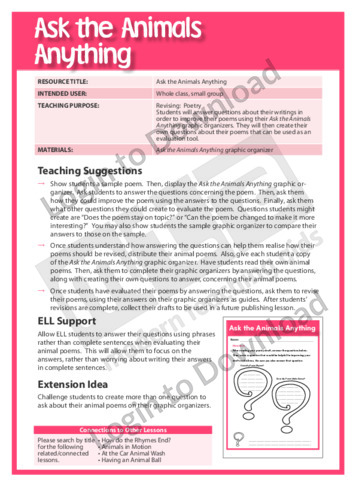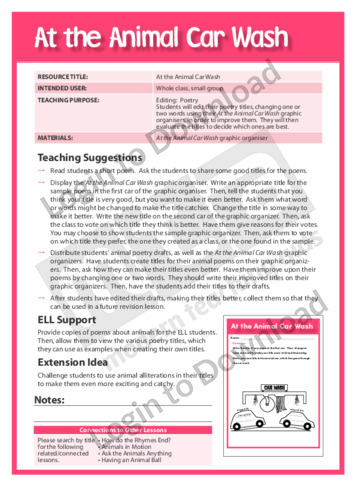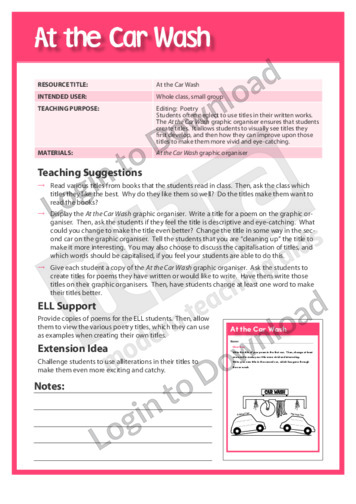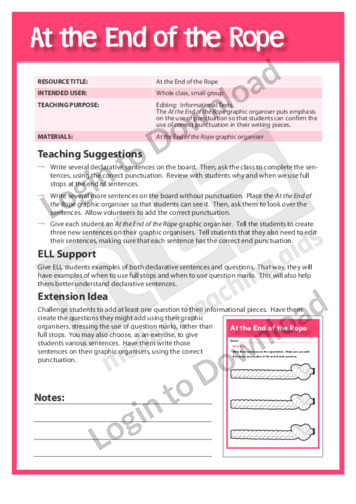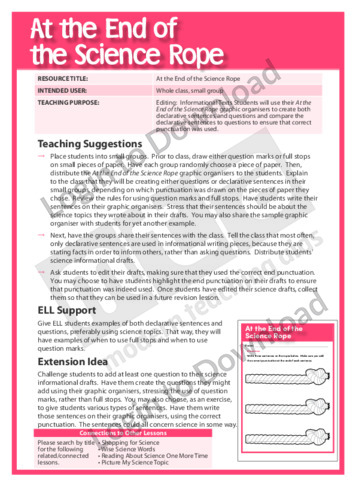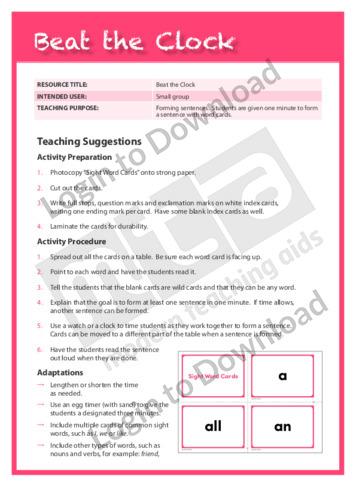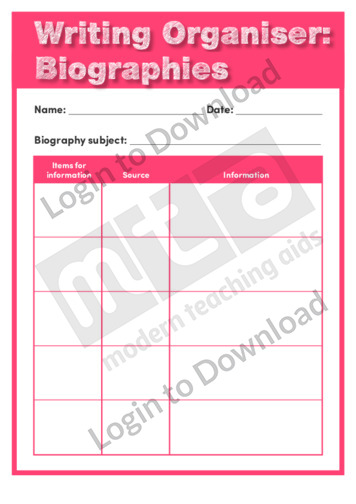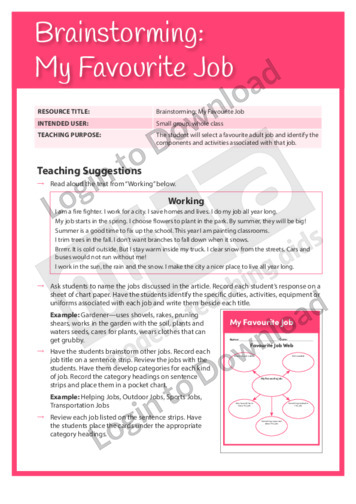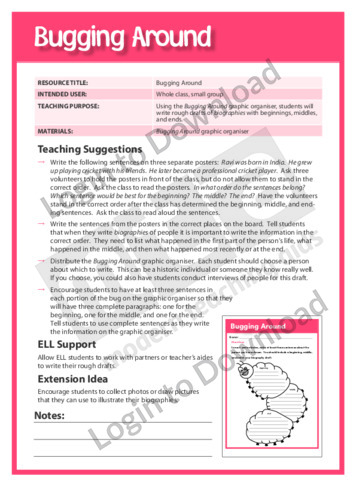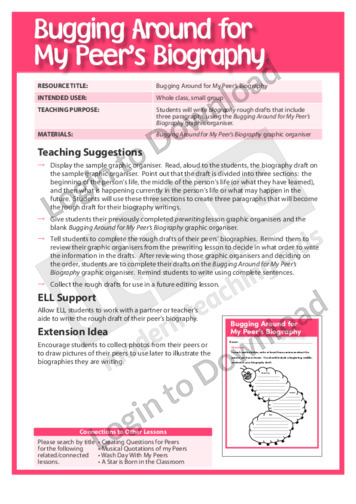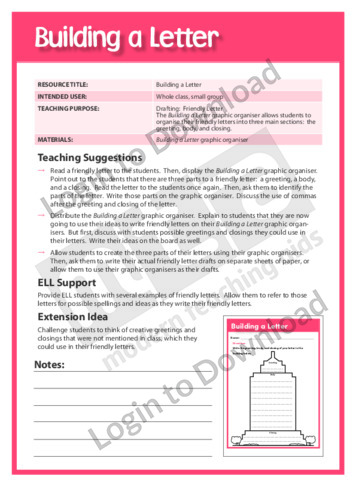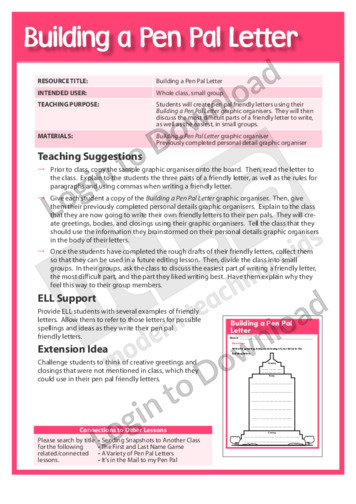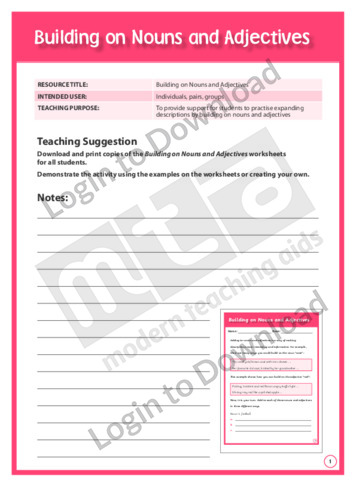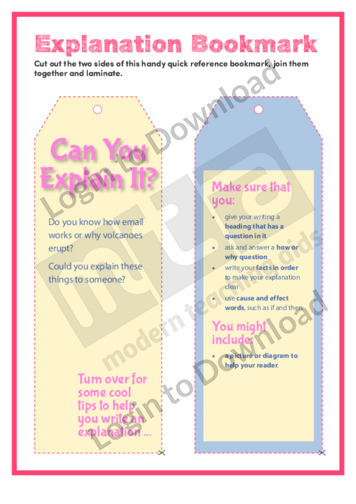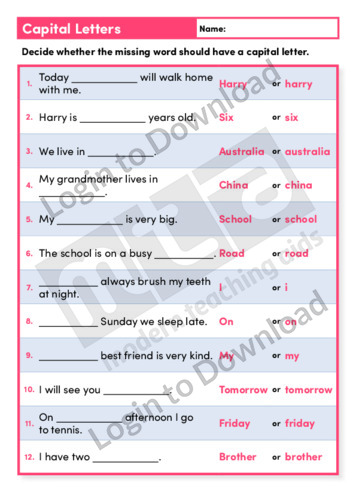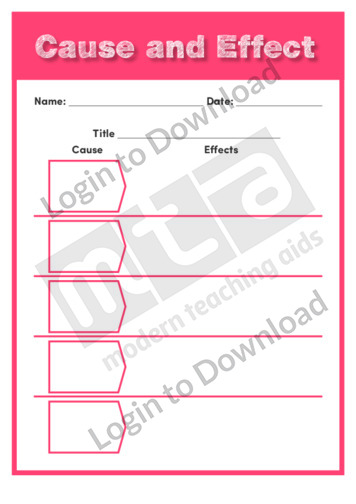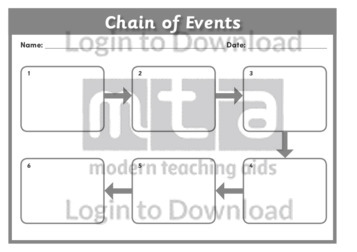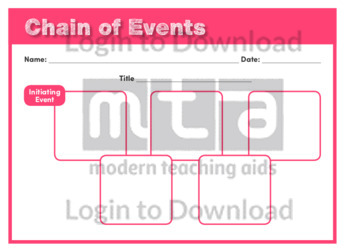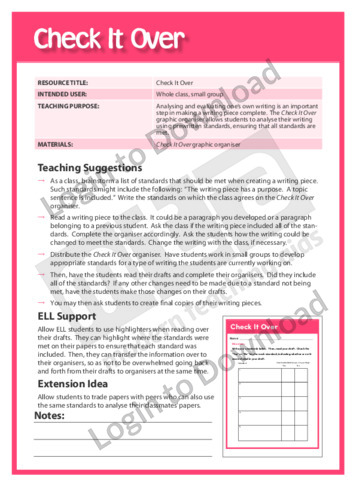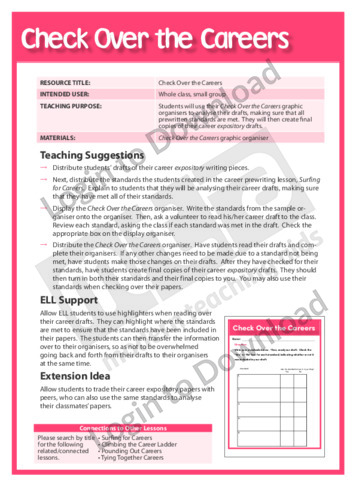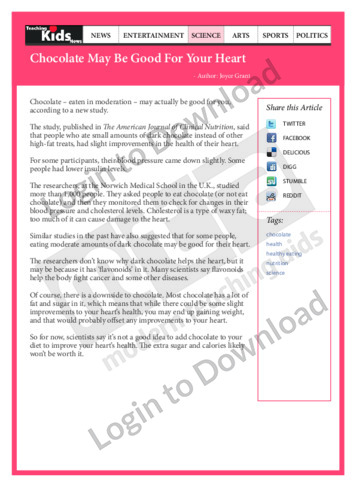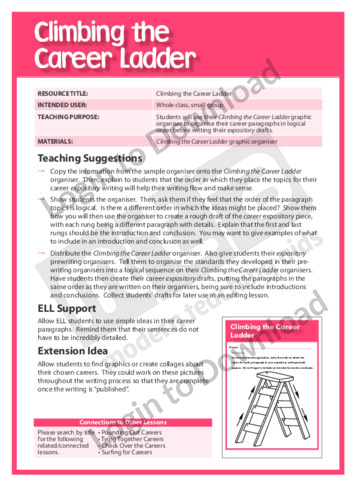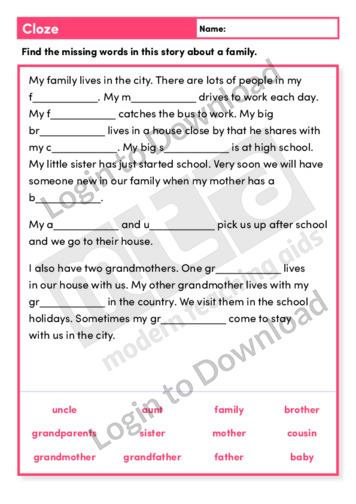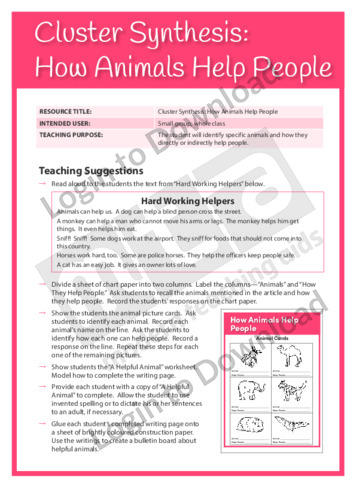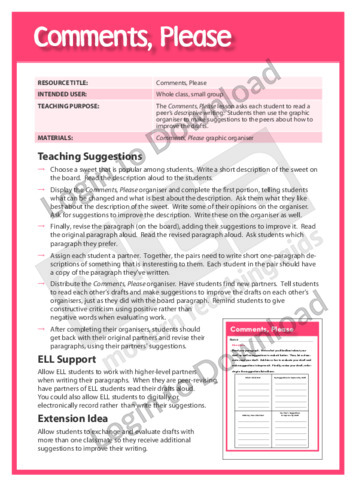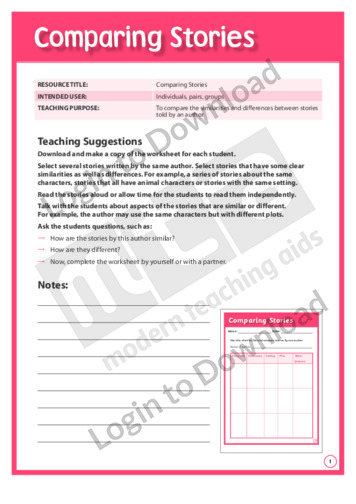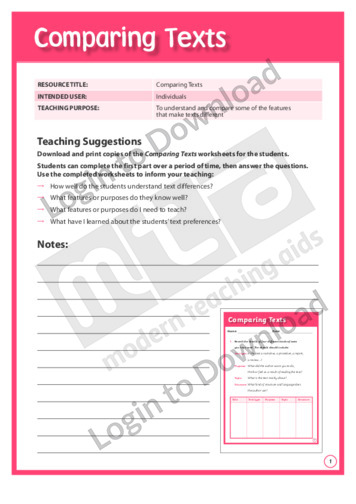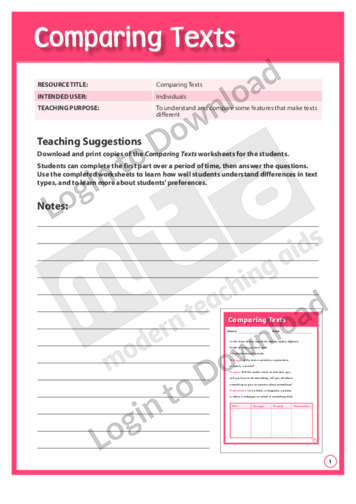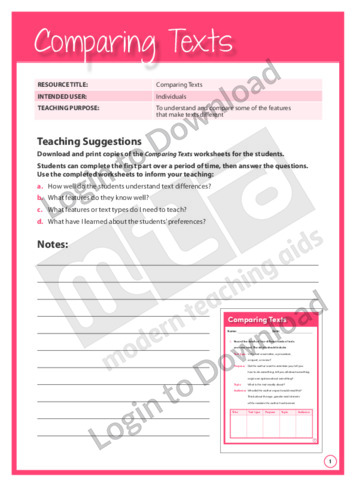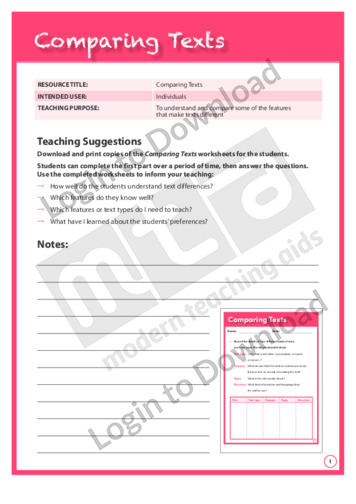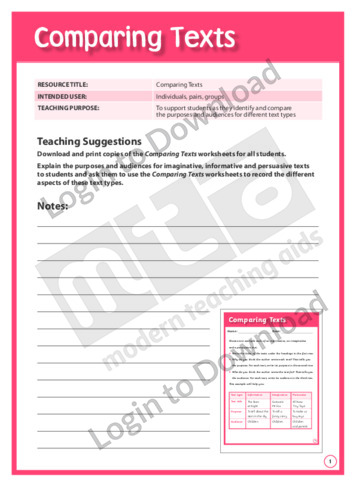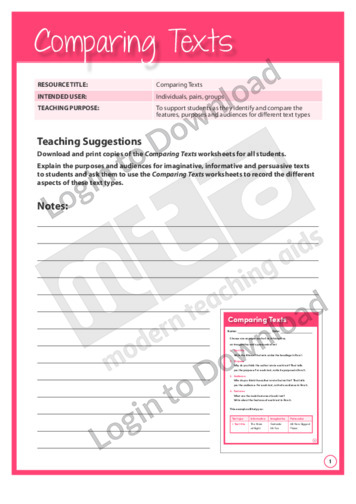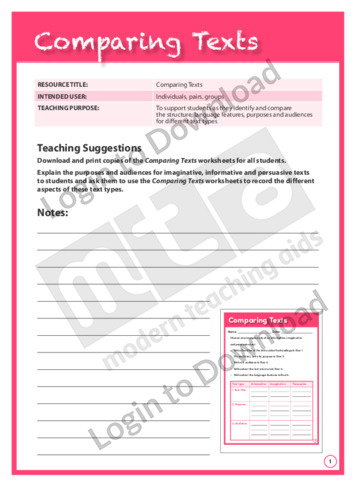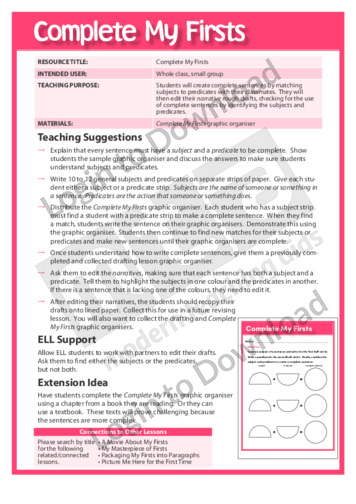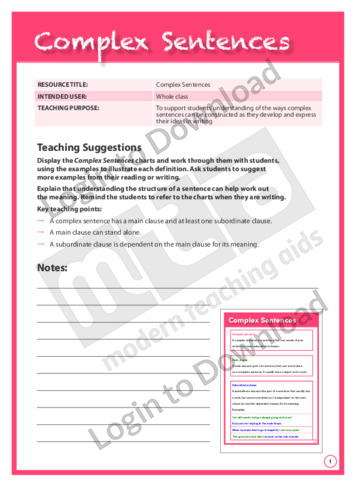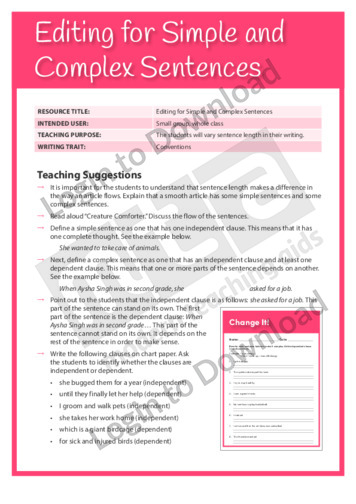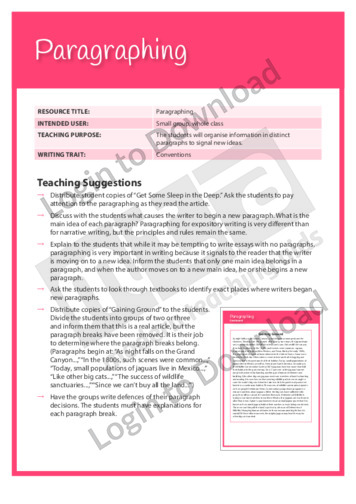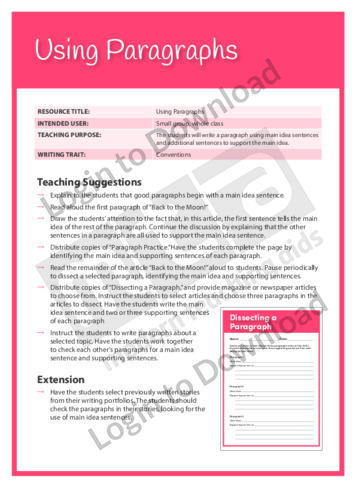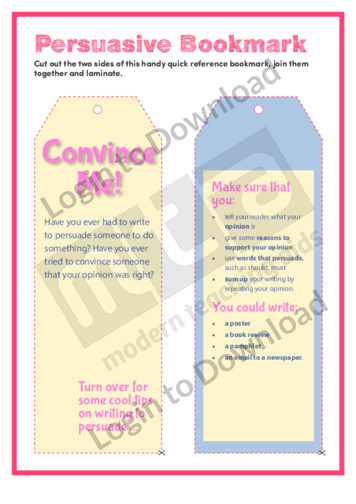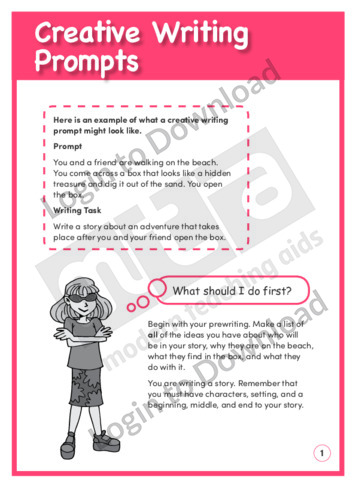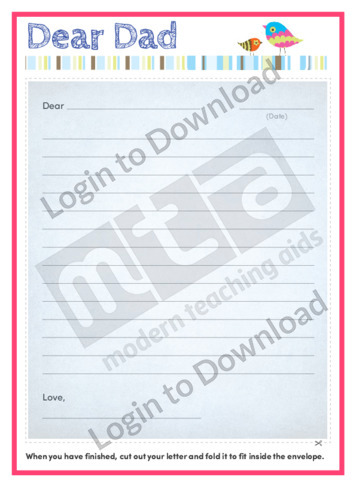This graphic organiser, ‘A Slice of the Pie’ supports students in planning writing using prewriting strategies to structure ideas for a friendly letter.
This written language activity, ‘Adverbial Phrases’ supports language development by encouraging students to practise expanding ideas by adding adverbial phrases. It is aimed at developing students’ awareness of how an adverbial phrase expands an idea by adding important or interesting details.
This writing organiser ‘Advertisements’ supports students to plan for writing an advertisement.
This graphic organiser, ‘Along the Way’ supports students in recalling and organising information in sequential order and gives them the opportunity to draft a narrative text.
This graphic organiser, ‘Along the Way to Family Memories’ supports students in recalling and organising information in sequential order and gives them the opportunity to draft a piece of writing based on family memories.
This Readers Theatre activity, ‘The Great Depression’ encourages students to use text organisers to determine the main ideas and to locate information in texts. It also builds reading fluency. This activity includes a script for 5 readers.
This Readers Theatre activity, ‘World War 2’ encourages students to summarise and paraphrase information in texts. It also builds reading fluency. This activity includes a script for 4 readers.
This graphic organiser, ‘Analysing a Text’ supports the teaching of reading and writing by prompting students to explore a range of meanings as they read or write.
This graphic organiser, ‘Analysing Folk Tales’ supports the teaching of reading and writing by giving students a template for identifying the features of folk takes.
This graphic organiser, ‘Ask Me Anything’ provides students with the opportunity to answer questions and evaluate their draft writing.
This graphic organiser, ‘Ask the Animals Anything’ provides students with the opportunity to answer questions and evaluate their animal draft poems.
This graphic organiser, ‘At the Animal Car Wash ‘supports students in editing and revising their writing by developing titles for their animal poems.
This graphic organiser, ‘At the Car Wash’ supports students in editing and revising their writing by developing titles for their poems.
This graphic organiser, ‘At the End of the Rope’ supports students in developing their writing skills, focusing on sentence structure and correct use of punctuation.
This graphic organiser, ‘At the End of the Science Rope’ supports students in developing skills in science writing, focusing on sentence structure and correct use of punctuation.
This kids news activity, Baby Superb Fairy-Wren Sings For Its Supper’ is about a species of Australian bird using unique calls to keep their babies safe.
This reading activity, ‘Beat the Clock’ supports reading development by encouraging students to form sentences with word cards in a set amount of time. It is aimed at developing students’ awareness of forming sentences. It provides sight word cards.
This writing organiser ‘Biographies’ supports students to plan for writing a text that tells about another person’s life.
This Readers Theatre activity, ‘Biography: Madame Marie Curie’ encourages students to use text organisers to determine the main ideas and to locate information in a text. It also builds reading fluency. This activity includes a script for 5 readers.
This Writing Traits activity, ‘Brainstorming: My Favourite Job’ supports students in learning to organise their writing ideas.
This graphic organiser, ‘Bugging Around’ encourages students to write rough drafts of biographies.
This graphic organiser, ‘Bugging Around for My Peer’s Biography’ encourages students to write a short biography about a peer, focusing on paragraph and sentence structure.
This graphic organiser, ‘Building A Letter’ supports students in planning and structuring a friendly letter.
This graphic organiser, ‘Building a Pen Pal Letter’ supports students in planning and structuring a friendly letter to a pen pal.
This written language activity, ‘Building on Nouns and Adjectives’ supports language development by encouraging students to practise expanding descriptions and making them more interesting and informative by building on nouns and adjectives.
This quick reference bookmark ‘Explanation Writing Prompt: Can You Explain It?’ offers guidance for students as they plan and develop their writing of explanatory texts.
This spelling activity, ‘Capital Letters’ provides opportunities for practice with using capital letters.
This graphic organiser, ‘Cause and Effect’ supports the teaching of reading and writing in science by prompting students to identify the causes and their effects as they read and write.
This graphic organiser, ‘Chain of Events’ combines skills in brainstorming and mind mapping to visually represent the relationship between sequential events. It can be used as a pre-writing task, to logically organise ideas, or a post-reading comprehension activity.
This graphic organiser, ‘Chain of Events’ supports the teaching of reading and writing in science by prompting students to identify the order of events as they read and write.
This graphic organiser, ‘Check It Over’ provides students with the opportunity to evaluate their own writing using a list of class determined standards.
This graphic organiser, ‘Check Over the Careers’ provides students with the opportunity to evaluate their own career writing using a list of class determined standards.
This graphic organiser, ‘ Checkmate’ supports students in editing and revising their peers writing, focusing on consistency of point of view throughout the text.
This graphic organiser, ‘Checkmate for Schools’ supports students in editing and revising their peers’ persuasive writing, focusing on consistency of point of view throughout the text.
This graphic organiser, ‘Climbing the Career Ladder’ supports students in organising and structuring their career writing before completing their expository drafts.
This vocabulary activity, ‘Cloze’ supports vocabulary development by encouraging students to identify the correct word for the context using family vocabulary.
This Writing Traits activity, ‘Cluster Synthesis: How Animals Help People’ supports students in learning to organise their writing ideas.
This Writing Traits activity, ‘Clustering Information: How I Get to School’ supports students in learning to organise their writing ideas.
This graphic organiser, ‘Comments, Please’ supports students in editing and revising their descriptive writing through peer review and feedback.
This written language activity, ‘Comparing Stories’ supports language development by encouraging students to compare the similarities and differences between different stories told by one author.
This written language activity, ‘Comparing Texts’ (Level 6) supports language development by encouraging students to understand, compare and record some of the features that make texts different, such as text type, purpose, topic and structure.
This written language activity, ‘Comparing Texts’ Level 3 supports language development by encouraging students to understand, compare and record some features that make texts different, such as text type, purpose and presentation.
This written language activity, ‘Comparing Texts’ (Level 4) supports language development by encouraging students to understand, compare and record some of the features that make texts different, such as text type, purpose, topic and audience.
This written language activity, ‘Comparing Texts’ (Level 5) supports language development by encouraging students to understand, compare and record some of the features that make texts different, such as text type, purpose, topic and structure.
This written language activity, ‘Comparing Texts’ Level 3 supports language development by encouraging students to identify and compare the purposes and audiences for different text types. It is aimed at developing students’ awareness of the differences between the purpose and audience of imaginative, informative and persuasive texts.
This written language activity, ‘Comparing Texts’ (Level 4) supports language development by encouraging students to identify and compare the features, purposes and audiences for different text types. It is aimed at developing students’ awareness of the differences between the purpose and audience of imaginative, informative and persuasive texts.
This written language activity, ‘Comparing Texts’ (Level 5) supports language development by encouraging students to identify and compare the structure, language features, purposes and audiences for different text types. It is aimed at developing students’ awareness of the different aspects of imaginative, informative and persuasive texts.
This graphic organiser, ‘Complete Me’ asks students to identify the subject and predicates within sentences.
This graphic organiser, ‘Complete My Firsts’ supports students in matching subjects and predicates and then to review their draft writing, focusing on subjects and predicates to ensure complete sentences.
This Writing Traits activity, ‘Complete Sentences’ encourages students to select read, write, and identify complete sentences.
This written language activity, ‘Complex Sentences’ supports language development by encouraging students to understand the ways complex sentences can be constructed as they develop and express their ideas in writing. It is aimed at developing students’ awareness of sentence structure.
This Writing Traits activity ‘Editing for Simple and Complex Sentences’ encourages students to vary sentence length in their writing.
This Writing Traits activity ‘Paragraphing’ encourages students to organise information in distinct paragraphs to signal new ideas.
This Writing Traits activity ‘Using Paragraphs’ encourages students to write a paragraph using main ideas and additional support sentences.
This quick reference bookmark ‘Persuasive Writing Prompt: Convince Me’ offers guidance for students as they plan and develop their writing of persuasive texts.
This writing text exemplar ‘Creative Writing Prompts’ gives students an example of how to approach such a prompt. It is aimed at encouraging students to plan their writing and ask themselves questions about the story’s characters, setting, beginning, middle and end in order to write the best possible composition. It includes an example of a …More
It�s that easy!




